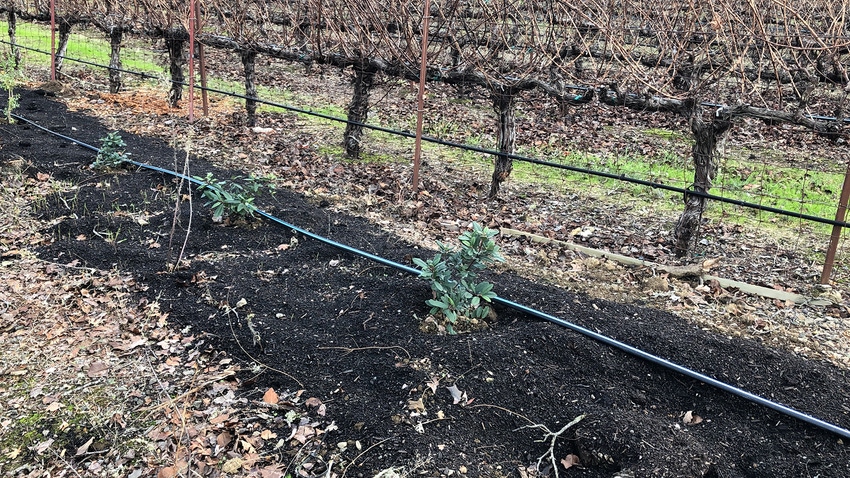
First funded in 2016 with a small staff and unlimited expectations, California’s Healthy Soils Program is now a multi-million-dollar endeavor involving more than 400 different types of commodities, including orchards and vineyards.
Basically, the California Department of Food and Agriculture’s HSP program provides financial incentives to growers who implement conservation management practices that reduce greenhouse gases, sequester carbon, and improve soil health.
It’s a combination of innovative farm and land management practices that build organic soil matter in the process of accomplishing other beneficial attributes. And there’s funding available for on-farm demonstration projects that improve crop yield, build tolerance for drought and flood events, and improve air and water quality.
“We have $25 million available for program funding this year,” says Geetika Joshi, Senior Environmental Scientist at the CDFA and manager of the Healthy Soils Program. Individual grants are capped out at $100,000.
HSP has two components, Demonstration Projects and Incentives Program, and vineyard practices are eligible — everything from compost applications to conservation cover and windbreak establishment to hedgerow planting.
The deadline to apply for demonstration projects this year has passed, but incentive program applications are still being accepted until funds are spent.
“Each grant agreement runs about three years with growers collecting all organic matter data to help sponsors understand how soils benefit,” says Joshi.
For the first time this year, program coordinators took differing practices eligible under the program and divided them by cropping system, resulting in special categories, one of which is orchards and vineyards.
Various categories included
Growers of grapes can apply in various categories, like compost application or adding conservation cover.
“A grass cover prevents soil erosion and pumps carbon into the soil,” Joshi says. “Cover crops between vineyard rows can even include permanent grasses. Tillage reduction reduces carbon loss from soil. Windrows are beneficial. These are all applications for vineyards to research their efficacy and we’re open for new ideas.
“There’s a whole bunch of applications in the vineyard arena that people might want to experiment with. It’s all about adopting agricultural management practices that can increase or enhance organic matter while reducing greenhouse gas emissions.”
Grant applications for eligible vineyard practices will be accepted through June 26.
“We’re also funding local resource conservation districts and the University of California Cooperative Extension to help growers,” Joshi said. “If farmers are tech savvy and want to do the application themselves, great. If not, they can contact our technical assistance providers who will help them through the application process.”
There’s an application tool, much like a Google Map, that allows applicants to log on to an overhead image of their farm or vineyard and draw in sites for composting or hydrological improvements.
“That’s the plan map and it will help generate a report to know exactly where on the land these practices are being implemented,” she added.
Incentive program applications are on a first-come/first-served basis and free money tends to disappear rapidly.
“We’ll keep review and processing applications until we run out of money, so the earlier, the better,” she said. “Folks who wait until the last minute, might find themselves shut out.”
For further information: https://bit.ly/2LQ09Eu. Regional Technical Assistance Providers are available to assist growers in applying to the HSP [https://bit.ly/2TI9rHh].
For more news on pests, disease management and other issues affecting vineyards, subscribe to the bi-monthly newsletter The Grape Line.
About the Author(s)
You May Also Like




